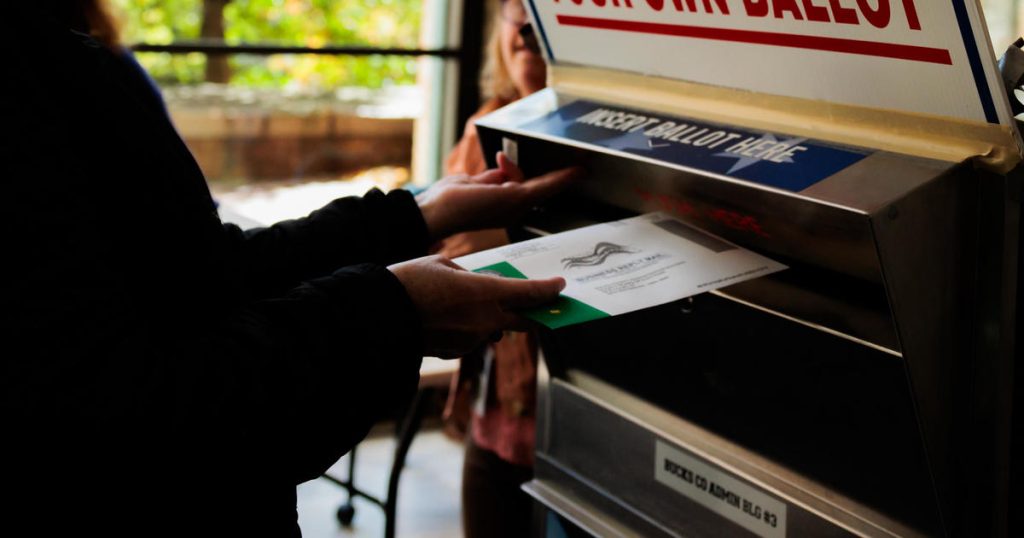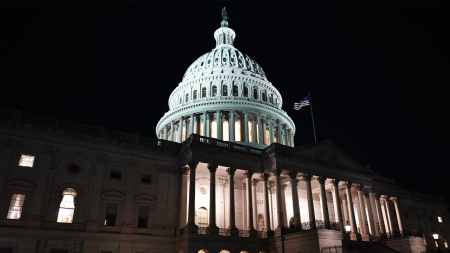Pennsylvania is a crucial state in presidential elections, with 19 Electoral College votes up for grabs in the 2024 election. It is considered part of the Democrats’ “blue wall” along with Michigan and Wisconsin, which are viewed as key states for winning the White House. President Biden narrowly won Pennsylvania in 2020, but former President Trump edged out Hillary Clinton in 2016. The state had 20 electoral votes in both 2016 and 2020, but it lost one after redistricting following the 2020 Census.
In the 2020 election, Democrat Joe Biden received 50.01% of the vote in Pennsylvania, while former President Trump received 48.84%. Libertarian Party candidate Joe Jorgensen received 1.15% of the vote. Biden’s margin of victory was about 80,500 votes, securing all 20 of Pennsylvania’s Electoral College votes. More than 6.9 million Pennsylvania voters cast a ballot for president in 2020, with Biden receiving 3,458,229 votes, Trump receiving 3,377,674, and Jorgensen receiving 79,390.
In the 2016 election, former President Trump won Pennsylvania with 48.58% of the vote, while Hillary Clinton received 47.85%. Libertarian Gary Johnson received 2.4% of the vote, while Green Party candidate Jill Stein and Constitution Party candidate Darrell Castle received only a fraction of a percent each. Trump’s winning margin in 2016 was 44,292 votes, securing all 20 of Pennsylvania’s Electoral College votes. Over 6.1 million Pennsylvania residents voted in the 2016 election.
For the 2024 election, the candidates on the ballot in Pennsylvania are Republican Donald Trump, Democrat Kamala Harris, Green Party candidate Jill Stein, and Libertarian Chase Oliver. Polls in Pennsylvania close at 8 p.m. Eastern Time on Nov. 5. The state remains a key focus for both parties in the upcoming election, with campaigns aiming to secure Pennsylvania’s electoral votes. The outcome of the presidential race in Pennsylvania will likely have a significant impact on the overall election results.















